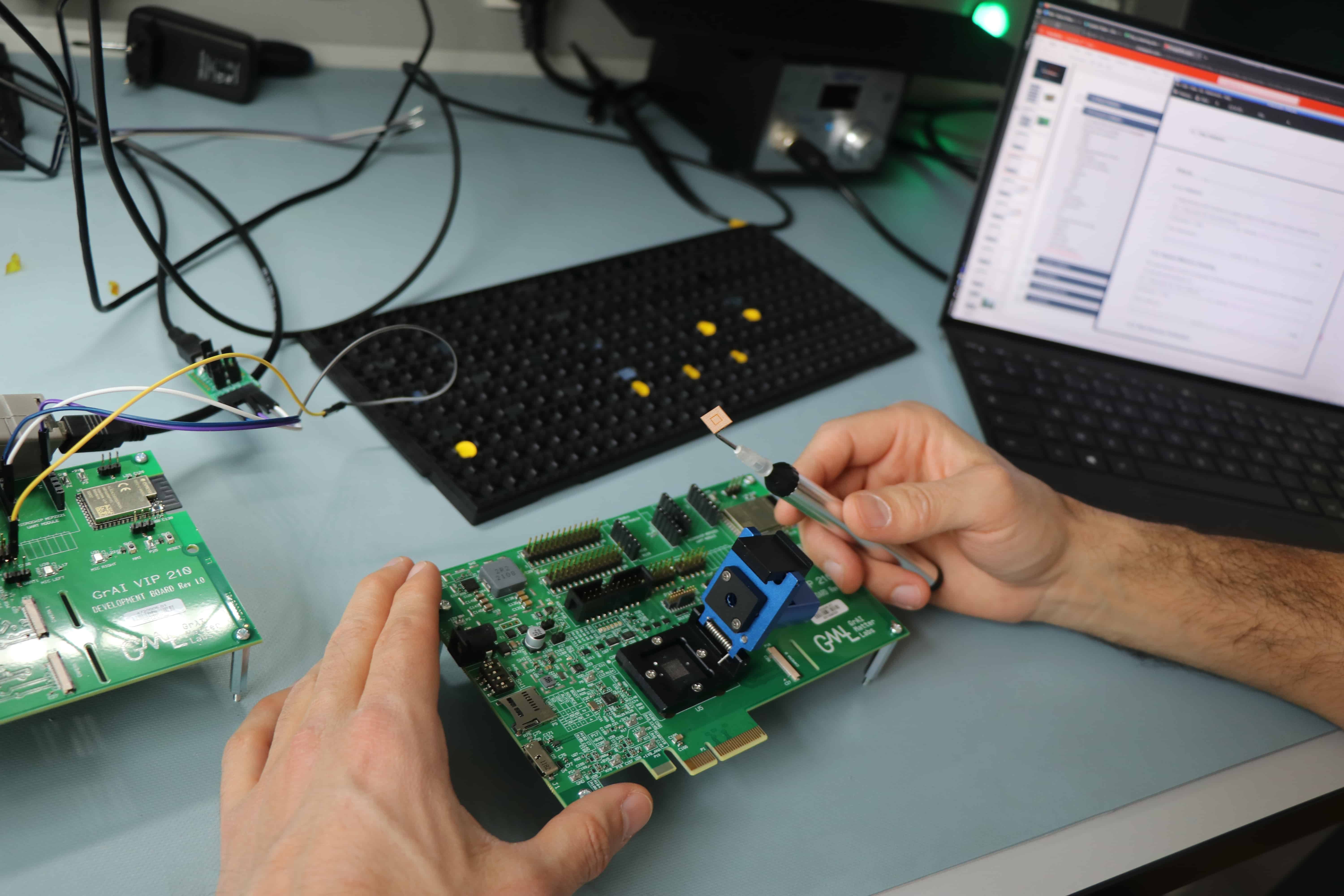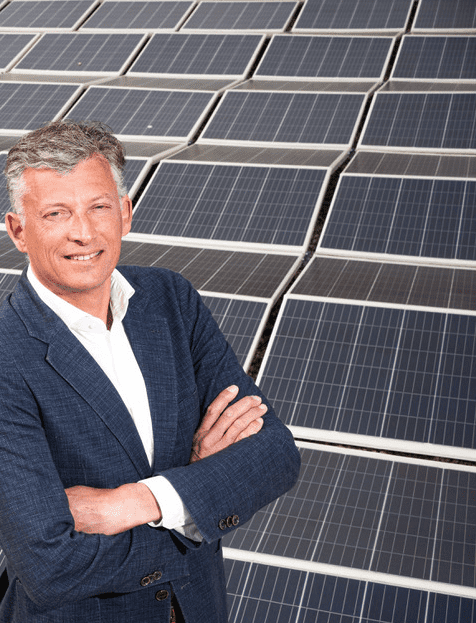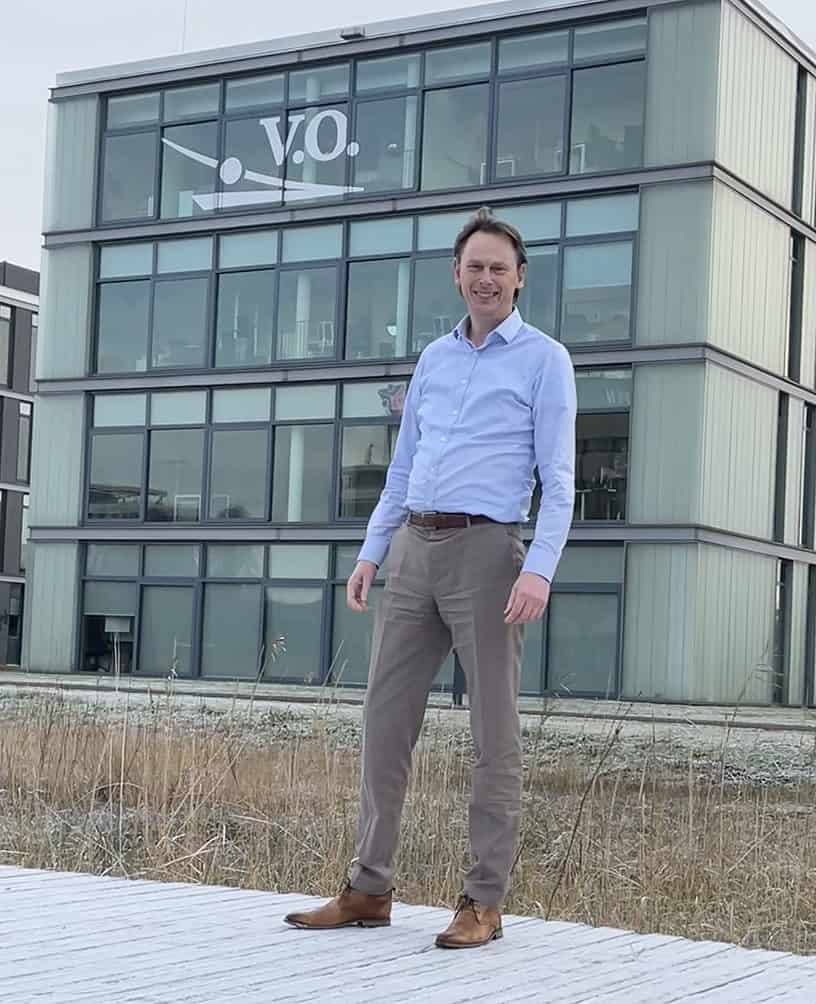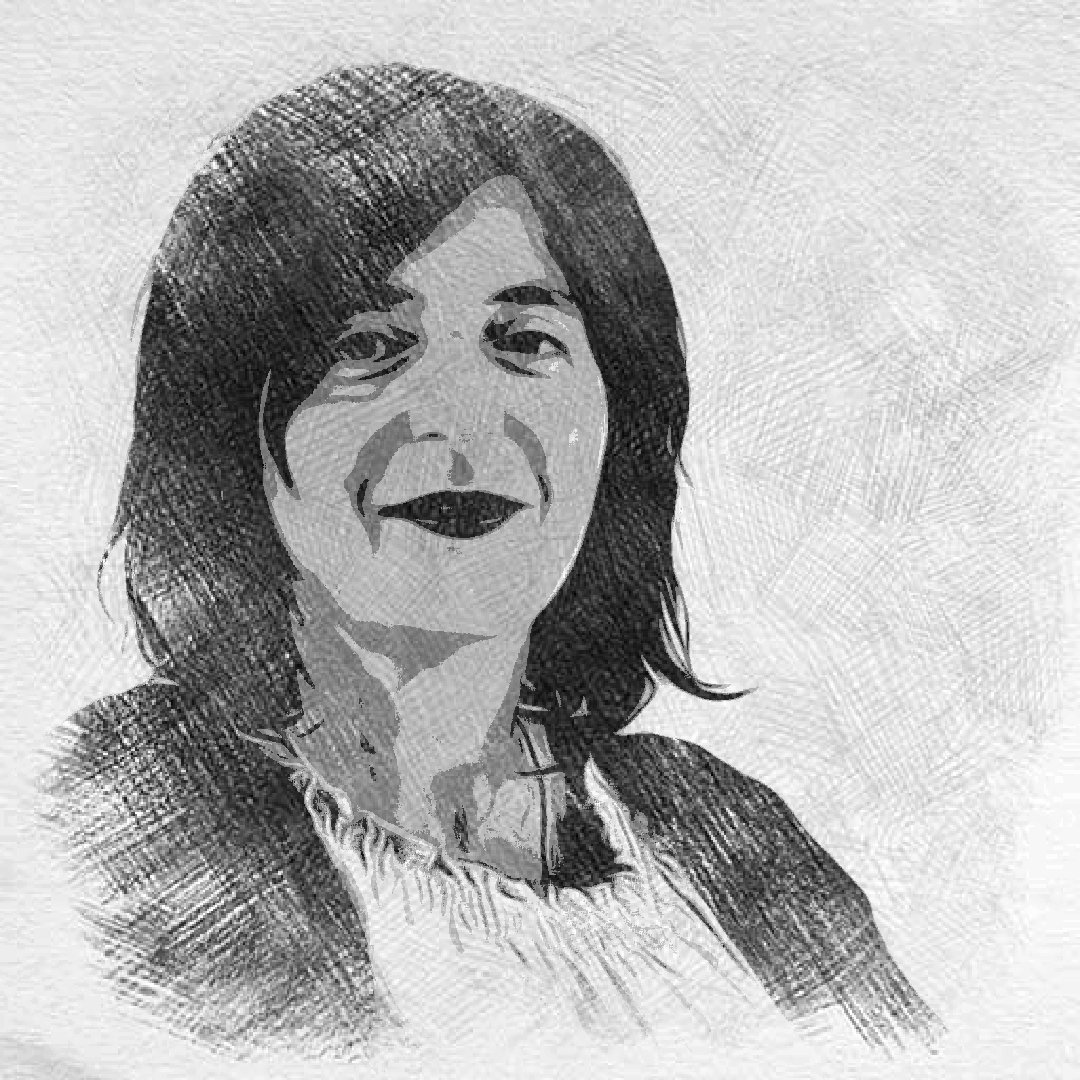
Especially in a breeding ground for innovative technology like the Brainport region, plenty of people walk around with groundbreaking ideas. “Coming up with a great idea, however, is one thing, but turning what’s in your head into a tangible and marketable concept is something else,” says Bart Jan Niestadt, partner and patent attorney at the Eindhoven office of V.O. Patents & Trademarks. “To do that, you have to file a patent for such an invention. A patent helps define your invention and protect it from competition. Innovative SMEs would also benefit from doing this to protect their business interests.”
V.O. Patents & Trademarks, one of the largest patent offices in Europe with offices in the Netherlands, Germany, and Belgium and about fifty patent attorneys and lawyers in service, supports companies and knowledge institutes in the chemical, life sciences, engineering, and high-tech & electronics sectors in these matters. Among the companies which V.O. acts as a patent attorney for are, in addition to reputable corporates, numerous innovative start-ups, which include Solarge and GrAI Matter Labs. Or, more precisely, scale-ups. Both of these companies have already been around for a few years and are now in the starting blocks to take the next step.
Lightweight solar panels made of recycled materials
Eindhoven-based start-up Solarge is dedicated to developing lightweight solar panels made from recyclable materials. Founded in 2018, the company has recently acquired a volume production factory in Weert and is busy building a fully automated production line that will be operational in spring 2023. Therefore, the future looks bright for Solarge. What makes their product so unique?
“We have developed, in cooperation with the polymer giant Sabic, PV panels made from fully recyclable materials,” says Huib van de Heuvel, CCO and one of the founders of Solarge. “Except that our panels are not only circular but also PFAS-free. On top of that, they are also ultra-light because instead of glass and aluminum, we use plastic as a basis. In addition to being environmentally friendly, this makes the panels easily compatible with low-weight substrates such as the roofs of trucks and distribution centers.”

Yet Solarge’s ambitions have an even broader scope: “We have completely outsourced the solar panel industry; not just the Netherlands has done that but also Europe. But by doing that, we have made ourselves completely dependent economically. It is high time, especially with the current geopolitical developments, to bring this industry back to Europe.”
Conserving energy with super-efficient chips
Also at GrAI Matter Labs, they like to think big. The staff of fifty, affiliated with a French company and with three offices in Europe and the US, has a development department at the High Tech Campus in Eindhoven. GrAI Matter Labs develops chips for artificial intelligence aimed at computational efficiency. Promising a reduction of as much as 95 percent in the energy that complex computational applications currently use, the green impact of this sustainable technology is substantial.
This is down to the “efficient filtering of useful data,” explains Menno Lindwer, vice president of GrAi Matter Labs. “Compare it to our brains. Suppose you are at a reception. By focusing only on the person who you are talking to, your brain can filter out sounds and images that are irrelevant to you at that moment in time. By teaching our chips to filter out things similarly, we avoid a lot of unnecessary computations.”
According to Lindwer, computers currently still consume several times the amount of energy that they need for a variety of tasks that our brains can easily handle. “Take self-driving cars, for example. While they cannot match what our brains are capable of, the processors required for the simplest self-driving tasks use up a great deal of energy. With GrAI Matter Labs, we focus on reducing all that redundant information. This is referred to as “Sparsity“. By doing that, you can achieve up to about 95 percent in energy savings.”
Applying for and securing patents
The potential of both of these innovative technologies mentioned is considerable. However, given the heady growth of both Solarge and GrAI Matter Labs, their business interests are also growing. With that comes the importance of protecting their Intellectual Property. What the physicist by profession and his colleagues at V.O. Patents & Trademarks do is twofold: they make sure that a patent is granted and provide legal support for its enforcement and exploitation.

To map this out as much as possible, Niestadt and his colleagues first talk to the people behind the companies concerned. After all, they usually already know what is on offer in their area of expertise. Sometimes a bibliographical review is needed to see if similar ideas already exist.
“Before the patent application, we will examine all kinds of things such as: What does this invention or product consist of exactly? What makes it unique? What did they really come up with themselves, and what aspects or components already existed? Where is that potential overlap with another product?”
Niestadt: “That takes time. But that’s the only way you can define exactly what a product is all about. And that is incredibly important. For example, you may want to license it to third parties at a later stage. You then have to have a good definition of the scope of the idea. Once we have this down in writing, we submit the patent application and the grant procedure then follows. Should those companies face any problems with counterfeiting by third parties, V.O. can take action on their behalf at their request. But sometimes, cooperation can also be achieved through licensing. To this end, we work with specialized lawyers who provide our clients with advice and counsel on licensing contracts and any eventual legal disputes.”
Nevertheless, securing your intellectual property is not only crucial to protect your product. According to Niestadt, it also shows investors that you are a severe discussion partner. In turn, such a document also provides security for investors. “Even if the company goes belly up, the patent is still out there. This can be traded.”

Product description
You will sometimes hear: You’re better off not patenting your invention, especially as a small player, such as a start-up that focuses on wonderful, innovative technologies. Because a patent like this, in which everything is described in detail, could give potential hijackers ideas. For example, in China, where copyrights are taken a lot less seriously, but also when it comes to large companies that can quickly pay for the litigation costs in the event of any legal repercussions. What can start-ups do to defend themselves against this?
Niestadt: “It is important to stay one step ahead of the competition. This is why we advise our customers to record certain things but not others. For example, in the case of Solarge materials or design choices, which can be discovered through reverse engineering, are recorded in the patent, while other secrets from the kitchen, as it were, such as certain process choices, are not included.”
By making such a distinction in what you do and do not patent, you will be able to ensure that your product cannot be easily copied because essential information is not made available. Moreover, a good legal structure within your company, including confidentiality, is not an overrated luxury.” V.O. also advises on such matters.
A measure of self-protection
At GrAi Matter Labs, too, they are aware of the importance of these kinds of decisions. Lindwer: “What we think is important at this stage is to protect what we’re developing. Several parties are working on similar products with comparable properties. We have no intention of pursuing a very aggressive policy, going after everyone who is working on something similar. What we do is secure those design details, which contain our knowledge and development costs, in a patent. This not only enables us to prevent competitors from using our ideas but also prevents former employees from taking these ideas with them and developing them further at a competitor. In other words, such a patent offers a measure of self-protection.”

